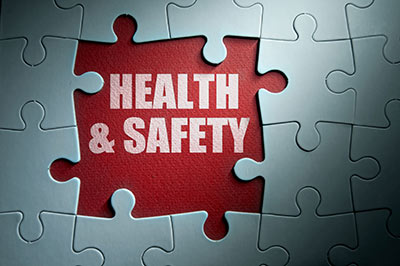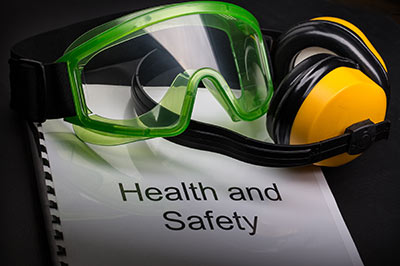REMS EXPRESS – K-12 Six-Step Planning Process
REMSExpress, Volume 5, Number 4: K–12 Six-Step Planning Process, Readiness and Emergency Management for Schools Technical Assistance Center, Office of Safe and Healthy Students/U.S. Department of Education The federal Guide for Developing High-Quality School Emergency Operations Plans (School Guide) describes a practical six-step planning process for developing a high-quality school emergency operations plan. The resulting ...continue reading "REMS EXPRESS – K-12 Six-Step Planning Process"







